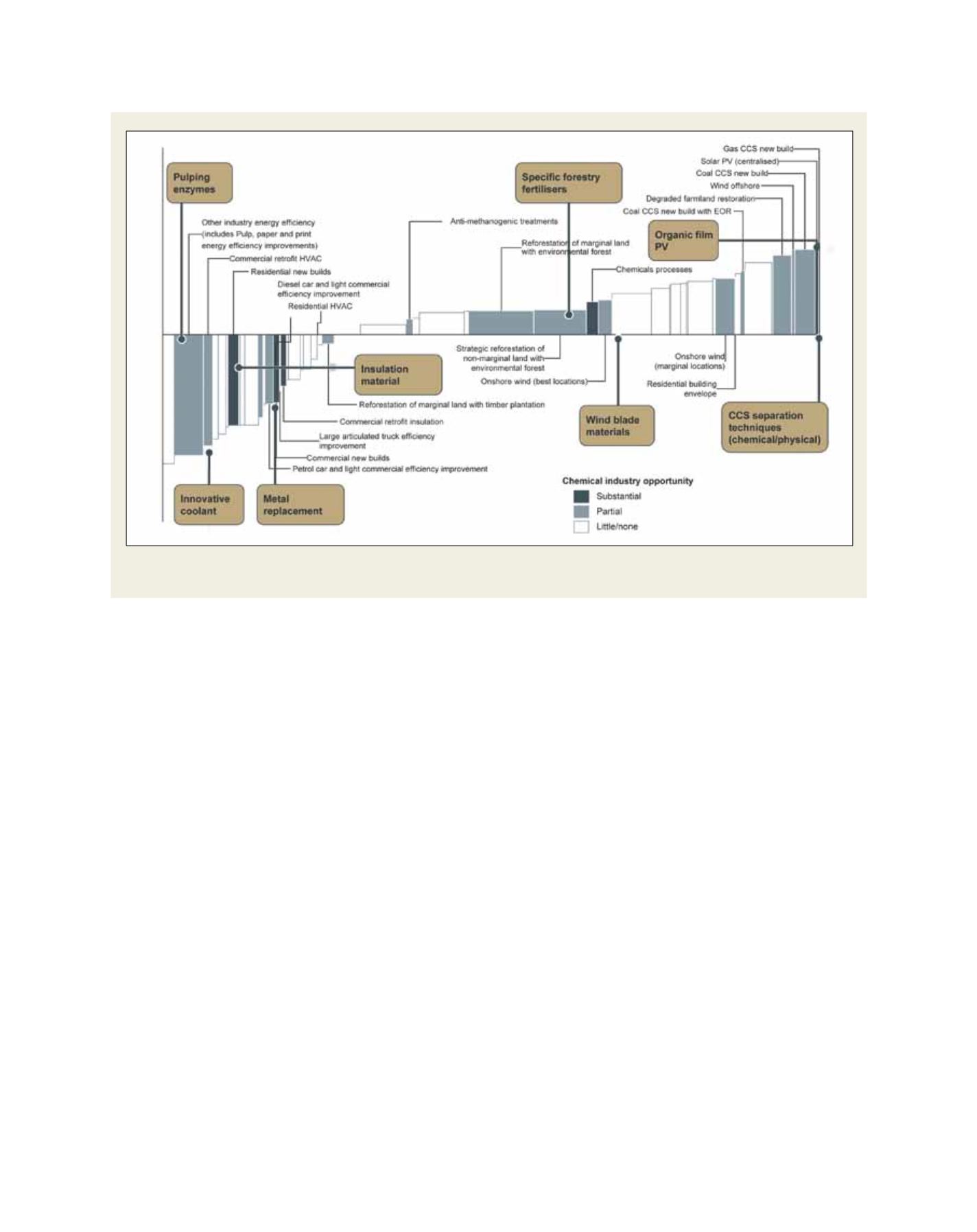

[
] 172
E
nergy
One fifth of the opportunities identified in the Low Carbon
Growth Plan (or 53 MtCO
2
e) generate a positive return for busi-
nesses, even after taking account of the upfront costs and before
factoring in the impact of carbon pricing (which will amplify
potential financial savings available through energy efficiency, for
example). By using resources more efficiently and thus reducing
input costs, many businesses will be able to achieve returns above
their cost of capital while at the same time reducing their green-
house gas emissions.
Despite the fact that many of the opportunities identified in the
Plan are profitable for investors, emission reduction opportunities are
often not implemented due to a range of financial and non-financial
barriers. These include project profitability, capital constraints, infor-
mation gaps and structural problems in the market that prevent the
opportunity from being captured. Importantly, the Plan articulates a
clear ‘roadmap’ with recommendations and strategies to overcome
these barriers which allows policy makers and opportunity owners to
compare different options and make informed decisions about where
to invest their time and resources.
Reducing GHG emissions can also provide additional growth
opportunities for businesses. As the world moves towards a low
carbon economy, demand for carbon-efficient products and serv-
ices will steadily increase, providing significant opportunities for
businesses that supply these, such as engineering and construction
companies and equipment and product manufacturers and install-
ers. The Low Carbon Growth Plan can provide insight for these
businesses about where potential business growth opportunities
may exist.
What action can businesses take?
Many of the profitable opportunities identified in the
Plan are concentrated in the built environment, transport
and industry. Opportunities from land-based activities
and power generation come at a moderate to high cost,
but may become profitable under Australia’s emissions
trading scheme, or through complementary measures
such as Government programs that support or incentiv-
ise the uptake of clean technology.
Businesses can expect significant financial benefits
through improving the energy efficiency of existing
buildings. Across all types of commercial buildings, the
most cost effective opportunity comes from reducing
energy waste, through actions such as reducing oversized
and unnecessary equipment and better management of
control systems. These often simple actions can reduce
energy use by an average of 10 per cent for a low upfront
cost of AU $4 per square metre of floor space. TThe Plan
also demonstrates that the installation of distributed
energy technologies – such as cogeneration – can be
expected to offer attractive financial savings with even a
modest carbon price.
Without further action, emissions from Australia’s
industrial activities are expected to grow by 40 per
cent between 2000 and 2020, driven largely by
growth in the mining and gas subsectors (extraction
and resource processing). However, many energy
efficiency opportunities in industry are financially
Source: ClimateWorks
A more detailed example of new opportunities that a low carbon economy can create for the chemical industry, especially in the basic materials and
products manufacturing sub-sectors
















